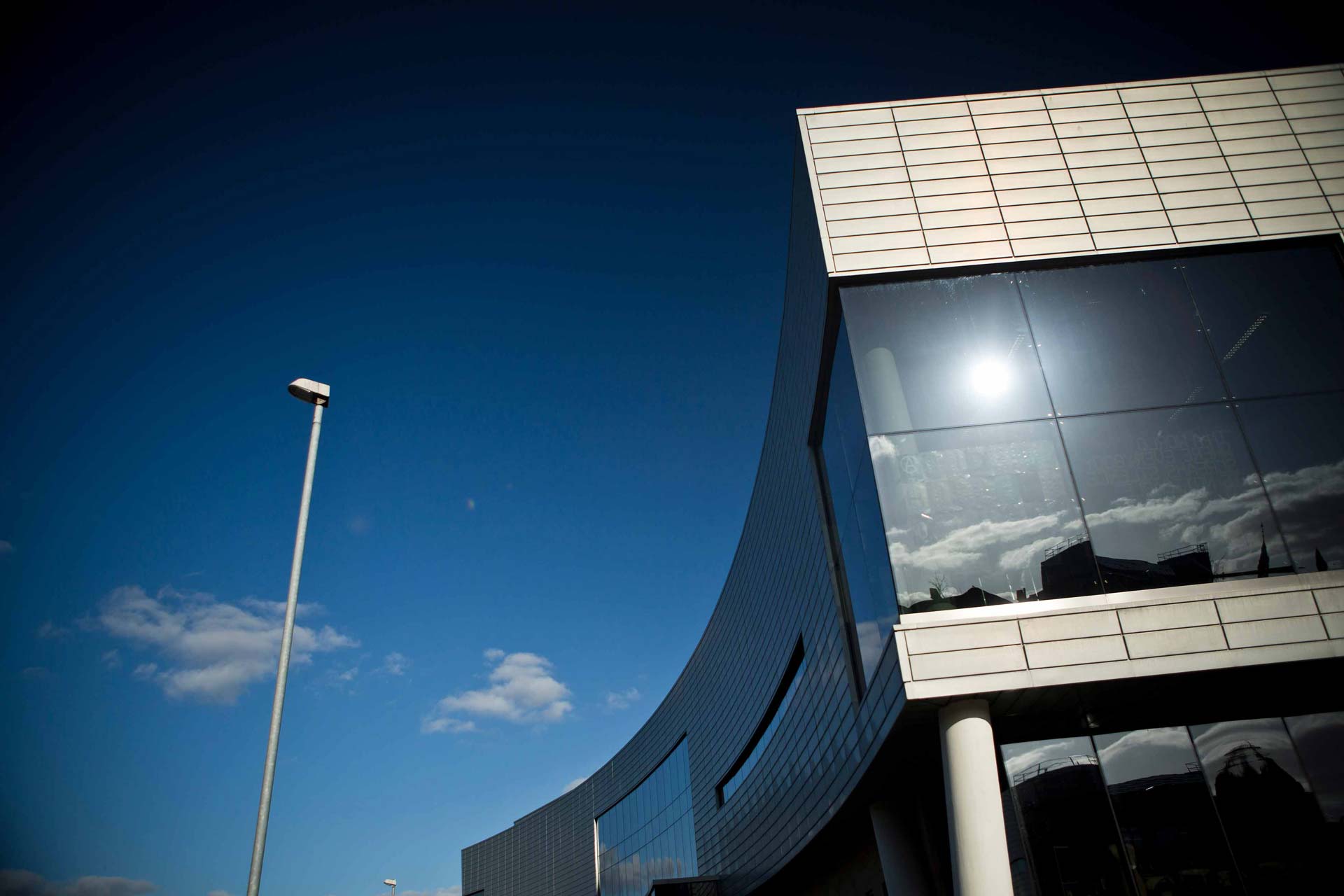
Research Students
Please click on the boxes below to find out more about the research students within Art and Design at the University of Huddersfield:
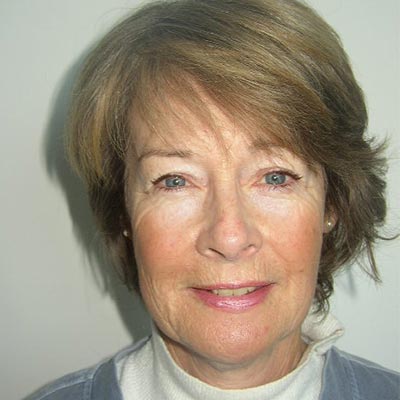
Ailsa Read
This practice-based research is an investigation into the persecution of witches in Seventeenth Century England.

Barbara Waters
My research explores the use of fashion brand names in novels, focussing on the links between symbolic consumption, brand image, brand personality and characterisation.
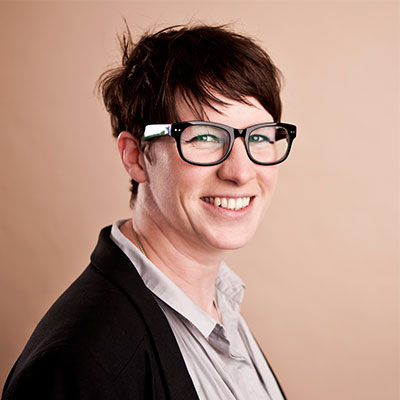
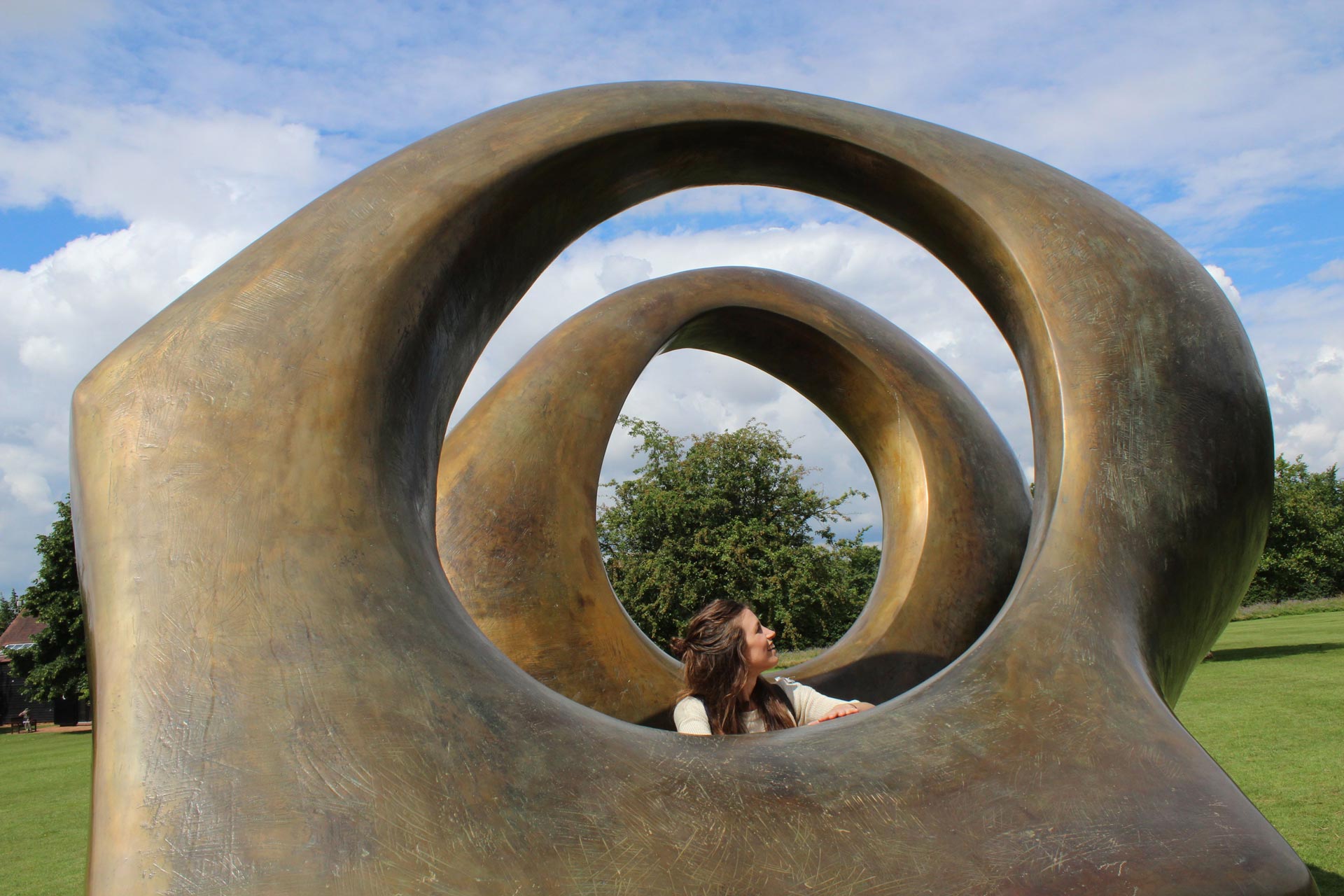
Clare Nadal
My thesis offers a revisionist account of the work and practice of the modernist sculptor Barbara Hepworth through a focus on the activities of reading and writing.
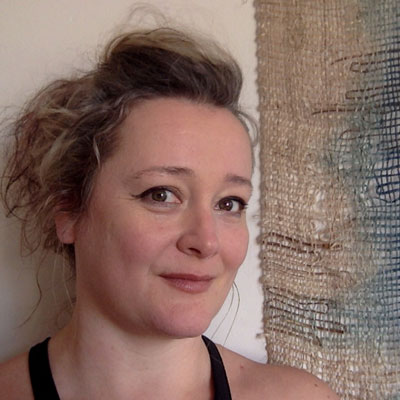
Jo Harris
Investigating the “Real Time” experience of creative enterprise in UK HE design education
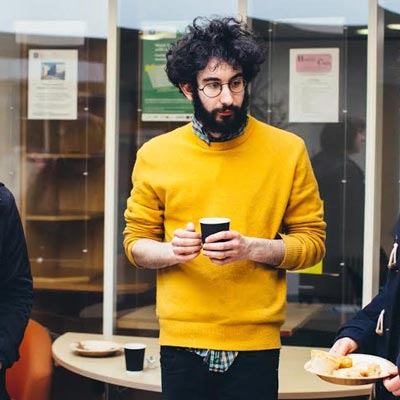
Jonathan Orlek
I am investigating artist live/work as an embedded researcher within East Street Arts. My research focuses on the public and artistic value of House 45, a pilot live/work project in Beeston, Leeds.
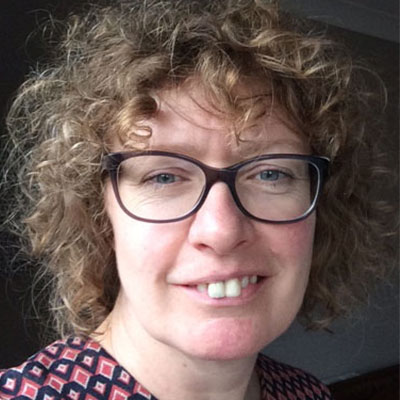
Nicola Redmore
Slowing down the creative process to engage with the materials themselves, this research starts to explore the potential of hand woven leno structures to be used within the landscape and to explore the process of change in response to environmental factors.
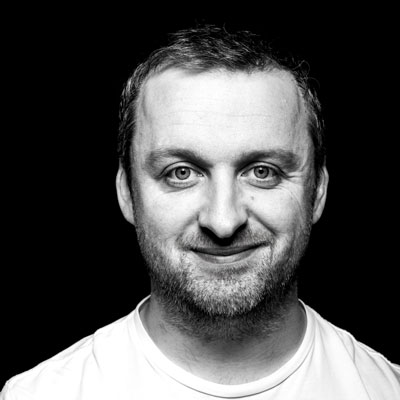
Stephen Hibbert
Future and emerging technologies, through the use of highly efficient and responsive wearable computing, offer the potential to radically rethink our approaches to everyday activity.
Ailsa Read – PhD
PhD Full-time, commenced January 2016
Supervisors: Dr Stella Baraklianou and Dr Juliet MacDonald
Research:
This practice-based research is an investigation into the persecution of witches in Seventeenth Century England with a special emphasis on the Lancashire Pendle Witches. This creative practice is developing an interpretation of these women by the use of laser cutting, which accentuates the connection between vulnerability and persecution.
Barbara Waters – PhD
PhD Part-time, commenced January 2014
Supervisors: Dr Tracy Cassidy, Stephen Wigley and Professor Steve Swindells
Research Centre: Fashion Thinking
Research:
Brand names are frequently used in popular fiction to help to achieve verisimilitude and support characterisation. My research explores the use of fashion brand names in novels, focussing on the links between symbolic consumption, brand image, brand personality and characterisation, in order to evaluate the use of novels as a resource for fashion brand image research. I will also examine the commercial implications of this phenomenon. Global spending on product placement is increasing as marketers seek alternative ways to connect with consumers in an era of rapidly evolving media consumption patterns. There is evidence that some brand owners are already using novels as a product placement medium but the extent and impact of paid product placement in novels is unclear. My research will evaluate the potential effectiveness of fashion brand placement in popular fiction. The findings should be of interest to fashion brands looking for alternative promotional opportunities.
Charlotte Goldthorpe – PhD
PhD Part-time, commenced January 2015
Supervisors: Professor Steve Swindells, Dr Anna Powell and Dr Natalie McCreesh
Research Centre: Innovative Design Lab
Research:
Can an object be created to store love?
This is a studio-based PhD, producing a series of samples/artefacts/exhibition alongside a theoretical investigative thesis. The investigative research informs that of the studio-based practice and is led by explorative oral history based case studies. The design process will be documented and reflected on in a written thesis, which will contextualise the study within my current art practice.
Collaborative doctoral candidate University of Huddersfield/The Hepworth Wakefield, full-time, commenced January 2016
Supervisors: Dr Alison Rowley, Reader in Critical Theory, University of Huddersfield, and Eleanor Clayton, Curator, The Hepworth Wakefield
Funded by: University of Huddersfield Scholarship Research Centre: Centre for Sculptural Thinking
Thesis: Sculpture and the Written Word: Reading and Writing Barbara Hepworth
My thesis offers a revisionist account of the work and practice of the modernist sculptor Barbara Hepworth through a focus on the activities of reading and writing. Central to this has been the opportunity to undertake new primary research and provide the first ever museum presentation of the personal library of Hepworth held at The Hepworth Wakefield, an archive collection never previously subject to critical scholarship. Approaching the library through Carolyn Christev Bakargiev’s conceptualisation of artistic research, I question how annotated texts, notebooks and scrapbooks may be regarded in the light of a ‘prologue mind’, and the value of such acts of sculptural thinking to our understanding of Hepworth.
Drawing on the critical approaches of art historians such as Sarah Victoria Turner, the thesis purposes to depart from the monographic approach associated with many previous critical histories, instead adhering to the model of ‘compelling and complex webs and ties’ that Turner has proposed. I present the Hepworth Library as the manifestation of such ‘webs’, focusing on the significance of instances of shared reading and exchange, in particular with other female writers and intellectuals. Using the writings of Walter Benjamin, the act of library making is also examined more widely within the little researched subject of artists’ libraries, asking how such collections may be activated in the present through curatorial and archival intervention.
Other Academic Activities
- Paul Mellon Centre Doctoral Researchers Network member, July 2017-present
- Sculptural ProcessesResearch Group member, Courtauld Institute of Art, June 2017-present
- Collaborative Doctoral Students Research Group, Department of Art, Design and Architecture, University of Huddersfield, May 2017 - present
- PhD Research Fellow, The Hepworth Wakefield, January2016-present
Curatorial and Public Programmes work
- Curation of Barbara Hepworth Library display as part of the exhibition Masterpieces of Moore and Hepworth, The Hepworth Wakefield, May 2017
- Development of Barbara Hepworth Library public programme, funded by University of Huddersfield Research Environmental Development Fund, May-October 2017
- Public programme talk delivered for Behind the Scenes: An Insider’s Guide to The Hepworth Wakefield series, February 2017
Conference Papers
- ‘Theorising and Curating the Barbara Hepworth Library: A Case Study in Artists’ Libraries’. Paper presented at Association of Art Historians Annual Conference 2017, Loughborough University, April 2017
- ‘The Artist’s Living Space and its Re-display: The Case of Barbara Hepworth and Henry Moore’. Paper presented at University of Huddersfield Postgraduate Research Conference, November 2016
- ‘A prayer at moments of great unhappiness’: Religion and Spirituality in Barbara Hepworth’s Post-War Practice’. Paper presented at Modern Gods: Religion and British Modernism, 1890-1960 conference, The Hepworth Wakefield, September 2016
- ‘Charting a Sculptor’s Painting: The Case of Barbara Hepworth in the 1950s and 1960s’.Conference poster presented at Generation Painting conference, Heong Gallery, Cambridge, March 2016
- ‘Barbara Hepworth and Priaulx Rainier: A Musical Conversation’. Conference poster presented at Material Histories: Networks of Women and Art in Cornwall conference, Tate St Ives, June 2015
Contact details
Clare.nadal@hud.ac.uk
Personal Links
https://hud.academia.edu/ClareNadal
https://twitter.com/Clare_Nadal
Jo Harris – EntD
EntD Enterprise Doctorate Part-time, commenced January 2015
Supervisors: Dr David Swann, Professor Liz Towns-Andrews and Dr Kelly Smith
Research:
Investigating the “Real Time” experience of creative enterprise in UK HE design education
This Doctorate of Enterprise (EntD) research will focus on investigating what is the real impact of ‘live’ enterprise experience in design education for undergraduate BA students and Postgraduate MA students. The Surface Design BA(Hons) at Huddersfield is the only university exhibitor at The Surface Design Show, an international trade show for innovative surfaces for architecture, interiors and the built environment sector. The course is recognized as a key educational innovator within the sector. Over the past 10 years it has become more evident that although successful for showing design concepts, product prototyping, attracting student projects, networking and marketing, the real business opportunities generated through the exhibitions are not currently being converted effectively into commercial ideas for business. This enterprise doctorate study aims to draw upon live industry cases to capture and convert the data from curating the ideas to industry. The main contribution to knowledge will be to establish a framework to demonstrate how a SME or internal service can be developed and also converted into entrepreneurial revenue, employability resources and enterprising skill for UG and PG design students and industry. The aim of the research is to develop an operational business plan that will be launched as a business on completion of the Enterprise Doctorate.
Jonathan Orlek – PhD
PhD Full-time, commenced September 2016
Supervisors: Professor Steve Swindells and Dr Anna Powell
Research:
I am investigating artist live/work as an embedded researcher within East Street Arts. My research focuses on the public and artistic value of House 45, a pilot live/work project in Beeston, Leeds.
House 45 is used as an active site to explore methods for co-interpreting artist live/work with local communities and art audiences. This will include the use of sensory ethnography and autoethnography to develop multiple, competing and playful interpretations.
Live/work projects have often facilitated alternative and collective practices through sharing economies, reimagining domestic space, or the accommodation of atypical family units. Contemporary spatial theory, mapping, and creative writing will be used to investigate the transformative social and cultural claims surrounding artist live/work.
Nicola Redmore – PhD
PhD commenced October 2015
Supervisors: Dr Tracy Cassidy and Dr Lucy Montague
Research:
Slowing down the creative process to engage with the materials themselves, this research starts to explore the potential of hand woven leno structures to be used within the landscape and to explore the process of change in response to environmental factors. There is a delicate relationship between textiles and the landscape, in response to which the designer of performance fabrics is required to create, indestructible solutions, with a lifetime guarantee. By embracing the science of uncertainty, fresh ideas and new solutions have the potential to be created and the research will be centred on the development of textile responses to the landscape, on and off the loom, using leno weaving and other stable/flexible knot forming systems of fabric construction.
Ramy Hammady – PhD
PhD Full-time, commenced September 2015
Supervisors: Prof. Minhua Eunice Ma and Prof. Nicholas Temple
Research:
“How the visual communications through augmented reality (AR) techniques influence the touristic guidance in museums in Egypt?”
In Egypt there is a need for using augmented reality applications in different fields - especially the tourism industry. So, the PhD research seeks to discover the potentials augmented reality techniques may add to the field of trusts guidance and educational process. On the other hand, if AR utilized in combination with a wide variety of exclusive methods including visual effects.
Besides the empirical research will explore detailed understanding of current systems of conventional approaches of touristic guidance to addresstouristicguidance the differences between Virtual guidance using augmented reality and conventional approaches of by developing a comparative study between the two approaches.
The idea is to develop an AR mobile app model in Egyptian museum to investigate which approach is more attractive, amusing, effective and has more influences on the tourists/ visitors of historical places in Egypt.
Stephen Hibbert – PhD
PhD Full-time, commenced January 2015
Supervisor: Professor Minhua Eunice Ma
Research Centre: Innovative Design Lab
Research:
The human-centric digital age is upon us in the form of ubiquitous computing (Weiser, 1991), now represented by the internet of things (IoT), and the increasing adoption of smart-wearable devices.
Future and emerging technologies (Horizon 2020 European Commission, 2014), through the use of highly efficient and responsive wearable computing, offer the potential to radically rethink our approaches to everyday activity both in the workplace and home of the ‘proximate future’ (Bell & Dourish, 2006). This activity will become ubiquitous in its integration into our lives only if the control and communication of the interactive interface is sufficiently considered and transparent in its ease of use and understanding. This requires a cross-disciplinary understanding of the problems inherent in marrying two distinctly separate environments (physical and virtual) into a single user-space.
A multifaceted investigation covering fields such as neurobiology, metaphysics, cybernetics and techno-science are all necessary in guiding a design-related solution. These designs need to be conceptualised in order to communicate the potential for a hybrid augmented/physical interaction, and to indicate the viability of integration into the workplace of the future.